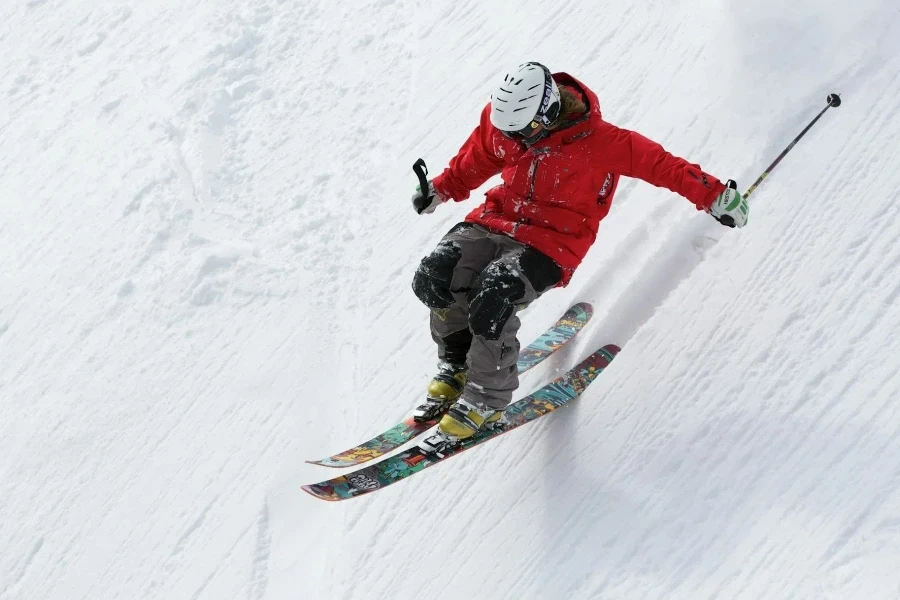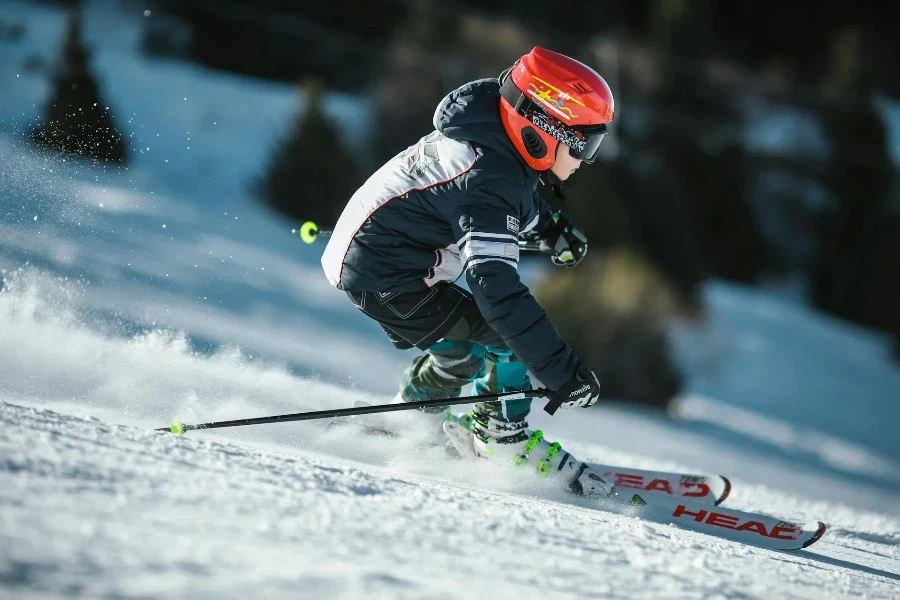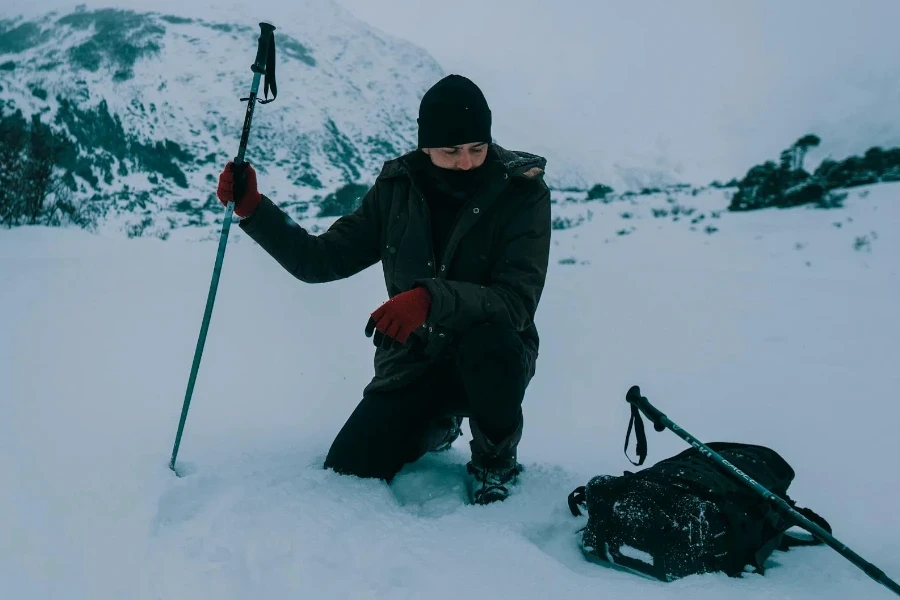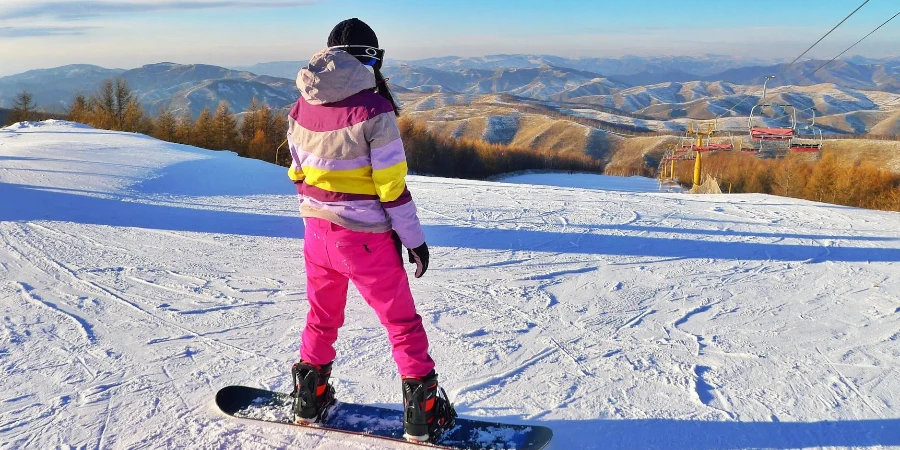Embarking on a skiing adventure requires more than just enthusiasm and a pair of skis. The right attire can significantly impact your comfort, performance, and overall experience on the slopes. Whether you’re a seasoned skier or a snow-covered novice, understanding the layers and types of clothing that will keep you warm, dry, and moving freely is crucial. This article delves into the essential aspects of what to wear skiing, providing you with a comprehensive guide to prepare for your next snowy escapade.
Table of Contents:
1. Understanding the basics of ski wear
2. The importance of layering
3. Choosing the right ski jacket and pants
4. Essential accessories for skiing
5. Footwear: The foundation of your ski outfit
Understanding the basics of ski wear

Skiing demands attire that can withstand cold temperatures, wet conditions, and provide mobility. The basics of ski wear include thermal underwear, a mid-layer for insulation, and an outer layer that repels water and wind. Each piece plays a pivotal role in ensuring your body remains at an optimal temperature, preventing both overheating and chilling. Thermal underwear, made from moisture-wicking materials, keeps the skin dry by drawing sweat away. The mid-layer, often a fleece or a lightweight down jacket, offers warmth without adding bulk. The outer layer, your shield against the elements, should be both waterproof and breathable, allowing moisture to escape while blocking water and wind from penetrating.
The importance of layering

Layering is a fundamental principle in dressing for skiing, allowing for flexibility and adjustment according to the weather and your activity level. A three-layer system is most effective, comprising a base layer for moisture management, an insulating layer to retain body heat, and a protective outer layer against weather conditions. This setup not only keeps you comfortable in varying temperatures but also enables you to remove or add layers as needed. When selecting layers, consider materials that provide the right balance of warmth, breathability, and moisture-wicking properties. Proper layering ensures that you can focus on your skiing technique rather than being distracted by discomfort.
Choosing the right ski jacket and pants

Your choice of ski jacket and pants is critical in keeping you warm, dry, and unrestricted as you navigate the slopes. Look for jackets and pants with waterproof, windproof, and breathable membranes to ensure protection against the elements. Features such as sealed seams, ventilation zips, and adjustable cuffs enhance functionality and comfort. Additionally, consider the fit and mobility offered by the garment; it should allow for a full range of motion without being too loose or tight. Pockets with secure closures are also beneficial for keeping personal items safe. Remember, the right jacket and pants act as your first line of defense against the harsh mountain environment.
Essential accessories for skiing

Accessories play a significant role in your overall comfort and protection while skiing. A quality pair of gloves or mittens is necessary to keep your hands warm and dry, with materials that offer both insulation and waterproofing. A ski mask or balaclava can protect your face from cold winds, while high-quality goggles are crucial for visibility and eye protection against UV rays and glare. Don’t overlook the importance of a well-fitting helmet, not only for warmth but also for safety on the slopes. These accessories should complement your attire, ensuring you’re fully prepared for the skiing experience.
Footwear: The foundation of your ski outfit

The right ski boots are the foundation of your ski outfit, directly impacting your comfort and skiing performance. Boots should fit snugly without restricting circulation, providing support and warmth. Look for boots with a waterproof outer layer and insulation to protect against the cold and moisture. Additionally, the compatibility of your boots with your skis is crucial for safety and efficiency in transferring movements from your body to the skis. Socks also play a vital role; opt for pairs designed for skiing, which offer warmth, cushioning, and moisture-wicking properties without being too thick.
Conclusion: Dressing appropriately for skiing is about balancing warmth, protection, and mobility. By understanding the essentials of ski wear, the importance of layering, selecting the right jacket and pants, incorporating necessary accessories, and choosing suitable footwear, you’re well on your way to a comfortable and enjoyable skiing experience. Remember, the right attire not only enhances your performance on the slopes but also ensures your safety and well-being in the demanding mountain environment.




